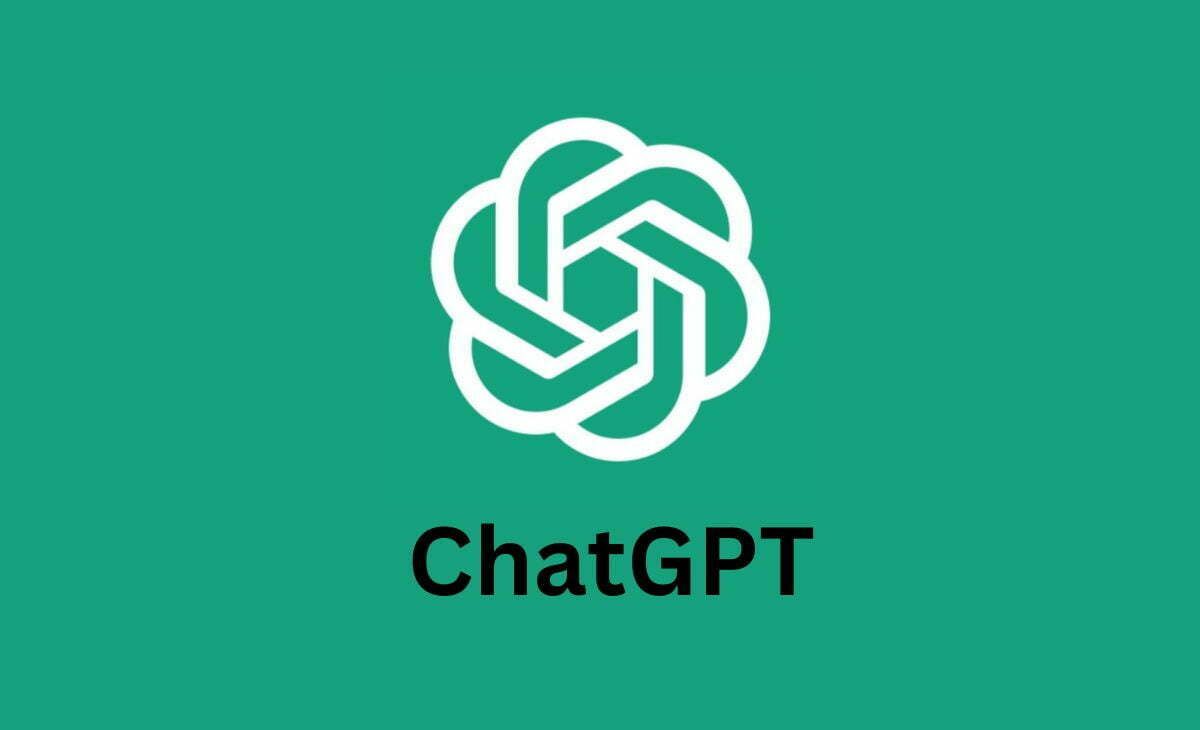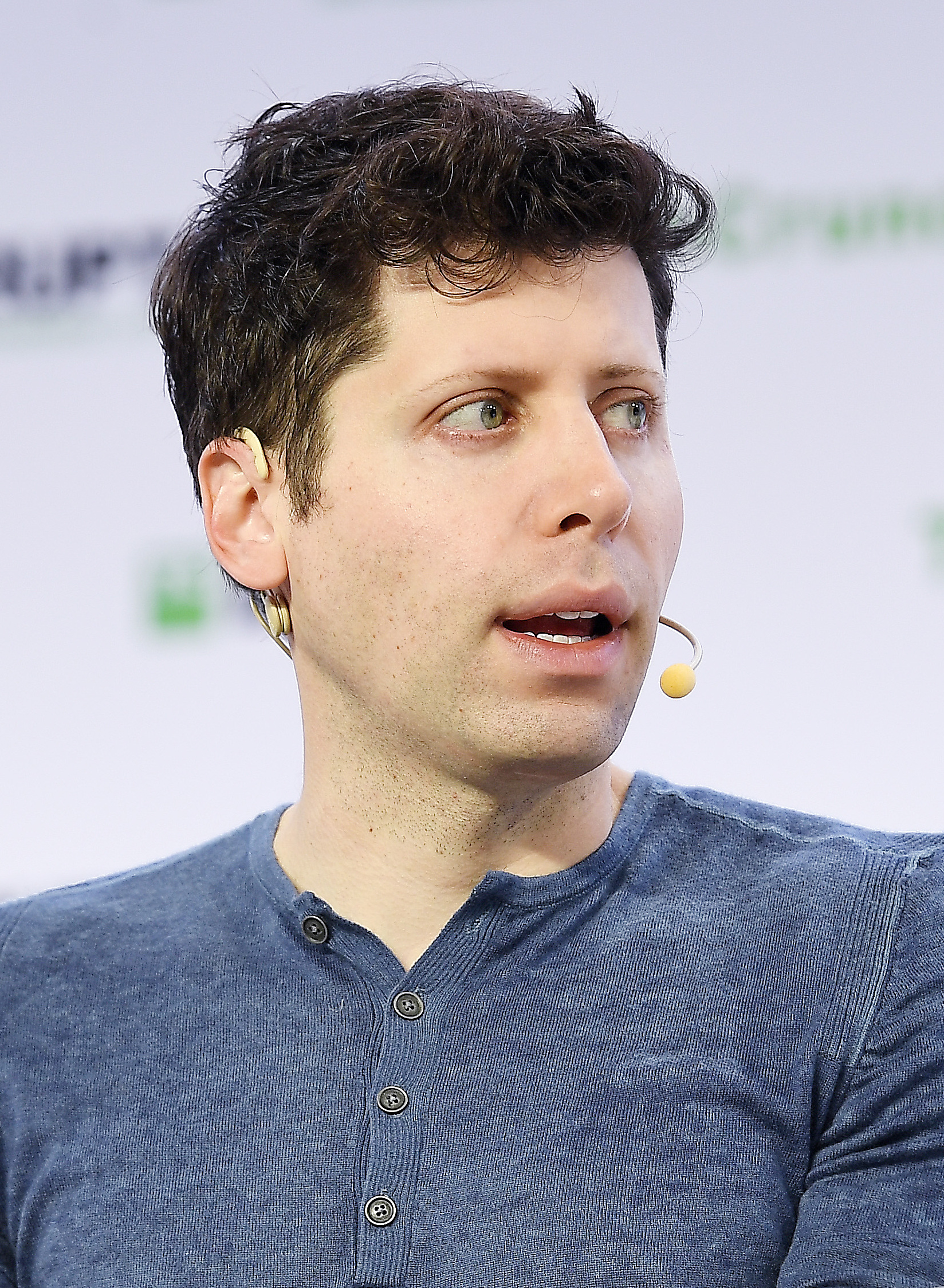Li Yanhong's Reversal: Ernie Bot Large Model Heads Towards Open Source, Baidu Aims to Secure the Future of AI
![]() 02/17 2025
02/17 2025
![]() 492
492
AI is a battle that Baidu cannot afford to lose.
Li Yanhong has acknowledged his previous stance.
On February 14th, at 10:00 AM, Baidu's official WeChat account posted a concise tweet: "We will successively launch the Ernie Bot 4.5 series in the coming months and officially open source it from June 30th."

Image source: Baidu
Without any fanfare, Baidu decided to open source its most advanced AI large model. It's astonishing to see this shift from a company that once insisted "closed source" was the future. Coupled with Baidu's recent announcement that the full Ernie Bot large model would be freely available, it's evident that within a month, Baidu has made a complete 180-degree turn regarding its openness towards AI large models.
After all, Li Yanhong, Baidu's CEO, stated at the 2024 World Artificial Intelligence Conference: "Open source models are akin to an 'intelligence tax,' and closed source models outperform open source models in terms of performance and inference cost. Open source models will gradually become obsolete." These remarks sparked widespread discussion and even a debate within the industry about the merits of open source versus closed source for AI large models.
However, the final outcome is clear for all to see: Baidu has transitioned from closed source to open source and finally boarded a "late bus" that's gaining momentum.
The Debate on Open Source vs. Closed Source for AI Large Models
As an editor who has long followed the AI large model industry, I partially agree with Li Yanhong's viewpoint. The AI large model industry demands long-term and substantial investments, and few companies can sustain huge losses. Therefore, recouping funds through selling APIs for closed source models and accepting custom model orders is essentially the only profitable path before AI applications truly take off.
Moreover, closed source models can be better optimized, which explains why most of the world's leading AI large models, such as OpenAI's ChatGPT, Google's Gemini, and Anthropic's Claude, are closed source. These AI models, which have long dominated the top five in multimodal AI rankings, are closed source and do offer numerous advantages in terms of performance and user experience.

Image source: OpenAI
Before the 2025 Spring Festival, the notion that closed source models are superior to open source models was widely accepted. In fact, most top-ranked open source AI large models are also supported by closed source models behind the scenes. For instance, Qwen-2.5-Max, which ranked seventh globally in the most recent test, is a simplified version of Alibaba's Tongyi large model.
Before the release of DeepSeek, the largest open source model in terms of parameters was Meta's LLama 3, with the highest version boasting 40.5 billion training parameters. Even so, LLama 3 couldn't defeat GPT-4 and Claude 3 Opus in tests and only ranked fifth.
It wasn't until DeepSeek, with 67.1 billion parameters, used its brute force to shatter the belief that "closed source is the future of AI large models." As an open source large model, DeepSeek tied for third place with ChatGPT-4o in the Chatbot test with a score of 1361, surpassing ChatGPT-o1's score of 1352.
This is the first time an open source AI large model has reached the top three in the full category rankings. How could this result not be surprising? Even more astonishing is that DeepSeek chose to fully open source this incredibly powerful model, even using the most "open" open source license.

Image source: DeepSeek
In the past half-month, it's evident that countless brands and products have accessed DeepSeek, and almost all cloud service providers have worked overtime to complete the server deployment of DeepSeek. To attract customers, they have even issued a plethora of free quotas.
DeepSeek has shown the entire market the impact of open source AI large models, achieving full ecological coverage in just half a month, something other AI large models have failed to do. Even overseas media reports indicate that countries like India and the United Kingdom plan to develop their own AI large models based on DeepSeek's open source model, spanning from mobile phones to entire nations, akin to a wildfire.
DeepSeek's success has also prompted many to reassess the focus on closed source versus open source. Sam Altman, the CEO of OpenAI, has more than once admitted he was wrong, stating, "I am on the wrong side of history." This was Altman's response when asked about DeepSeek, directly acknowledging that the previous closed source strategy was flawed and subsequently stating that OpenAI is formulating an open source strategy.

Image source: Wikipedia
"To err is human," and I believe this applies to both Altman and Li Yanhong. Making mistakes isn't terrifying; what matters is realizing one's errors and promptly correcting them. This is why Baidu was able to swiftly pass a series of decisions in less than a month to fully embrace the open sourcing of the Ernie Bot large model. Li Yanhong has proven with his actions that Baidu still possesses the courage to face future challenges.
It can be said that the open sourcing of DeepSeek has introduced not just one AI model but an entirely new AI industry landscape.
Regarding whether AI large models will fully transition towards open source in the future, my personal view is that it's unlikely. It's more plausible that a pyramid structure will form, with open source as the foundation, semi-open source as the backbone, and closed source as the pinnacle. To some extent, this is akin to the battle for the smartphone ecosystem years ago, where open source Android and closed source iOS couldn't replace each other but instead formed the current smartphone ecosystem through continuous competition.
The AI industry today may mirror the smartphone market, where open source models (Android) are responsible for popularizing and updating underlying modules, semi-open source custom models handle further optimization and innovation (e.g., MiUI, ColorOS, etc.), and closed source models (iOS) provide high-performance and high-security services. With the inclusive nature of open source and the high performance and security of closed source, such a structure may be more dynamic for an industry that impacts all sectors globally.
By boarding the "open source" train, Baidu aims to secure the future of AI.
Does Baidu have a chance? The answer is yes. In fact, Baidu's speed in jumping off the closed source ecosystem exceeded most people's expectations. Consequently, Baidu's stock price began to soar after it announced on February 13th and 14th that Ernie Bot would be completely free and the Ernie Bot large model would be open sourced, proving that the market highly recognizes Baidu's actions.
The AI industry is far from being finalized. DeepSeek has demonstrated with open source the market's appetite for AI and the potential of open source. However, there's still a long way to go before AI models truly permeate the entire industry and achieve application landing.
Take the various products that have accessed DeepSeek, for example. Most simply provide an entry point and offer question-and-answer services by connecting to the server, with almost no interaction with the product itself. Some even complained that it would be more convenient to just download the DeepSeek app.

Image source: Weibo
In the current explosion of the DeepSeek ecosystem, 99% of applications and products can perhaps be described as "joining in the fun." It will take at least a few months to truly experience the changes brought by DeepSeek at the application level. Therefore, this presents other AI companies with an opportunity to catch up. If Ernie Bot 4.5 significantly reduces inference costs and matches DeepSeek-R1's performance in areas like multimodality, then with Baidu's vast user base and the support of numerous partners, there's still a chance for a breakthrough.
Honestly, among the many AI companies in China, Baidu and Alibaba are the few with a full-scene layout. Their roots touch every aspect of our lives, which not only accelerates the landing of their own models but also allows for targeted optimizations and fine-tunings for specific industries and applications based on demand.
After choosing the path of open source, Baidu's AI commercialization strategy will also change significantly, such as providing lower-cost AI model customization solutions and ultra-low-cost API access. For enterprises without technical teams, it may be more beneficial to choose to cooperate with the more mature Baidu rather than struggling with DeepSeek from scratch.
You may ask why not cooperate with DeepSeek? The answer is straightforward: DeepSeek has turned down most enterprises. Although you see many products interacting with DeepSeek, in reality, they have only accessed third-party APIs. DeepSeek's own API was briefly opened for purchase but then quickly closed, and the company has rejected most enterprises' cooperation requests.
In other words, DeepSeek has no immediate plans for commercialization, which isn't surprising. If it truly intended to start commercialization now, then DeepSeek-R1 wouldn't have been announced in a nearly fully open source manner.
For Baidu, this is both an opportunity and a challenge. After all, if your open source model ultimately underperforms DeepSeek-R1, then the more basic open source foundation will still be DeepSeek's domain. Of course, it's too early to discuss these things now, as we don't yet know how the Ernie Bot model will be open sourced, whether it will resemble DeepSeek or take the form of Qwen and LLama.
Regardless, Baidu, having jumped off the closed source train, is now on the fast track of open source and has, to some extent, reversed its image in the minds of users and developers. In the current exploration stage of the entire AI industry, Baidu's arrival is not too late.
Source: Lei Technology





